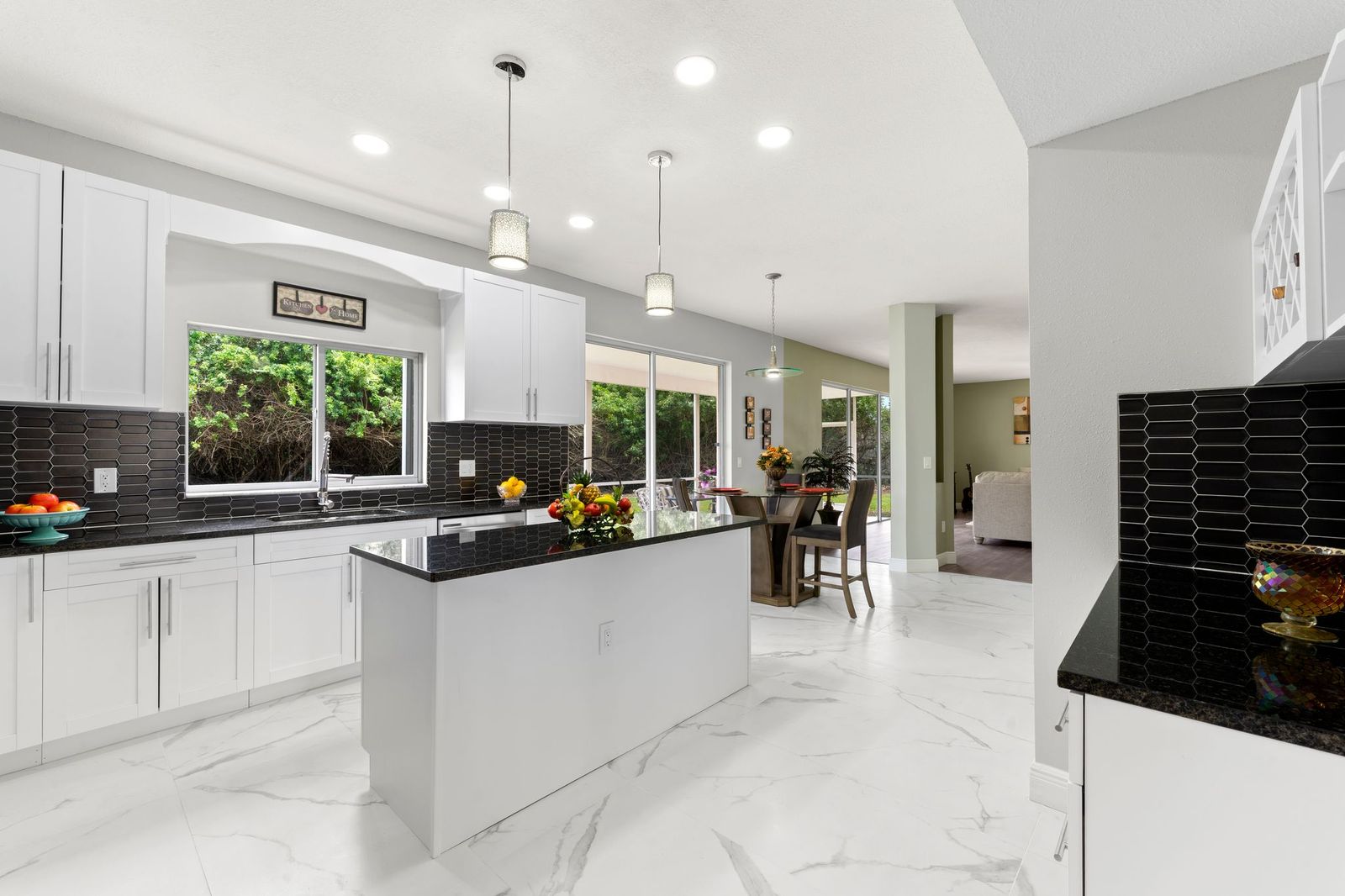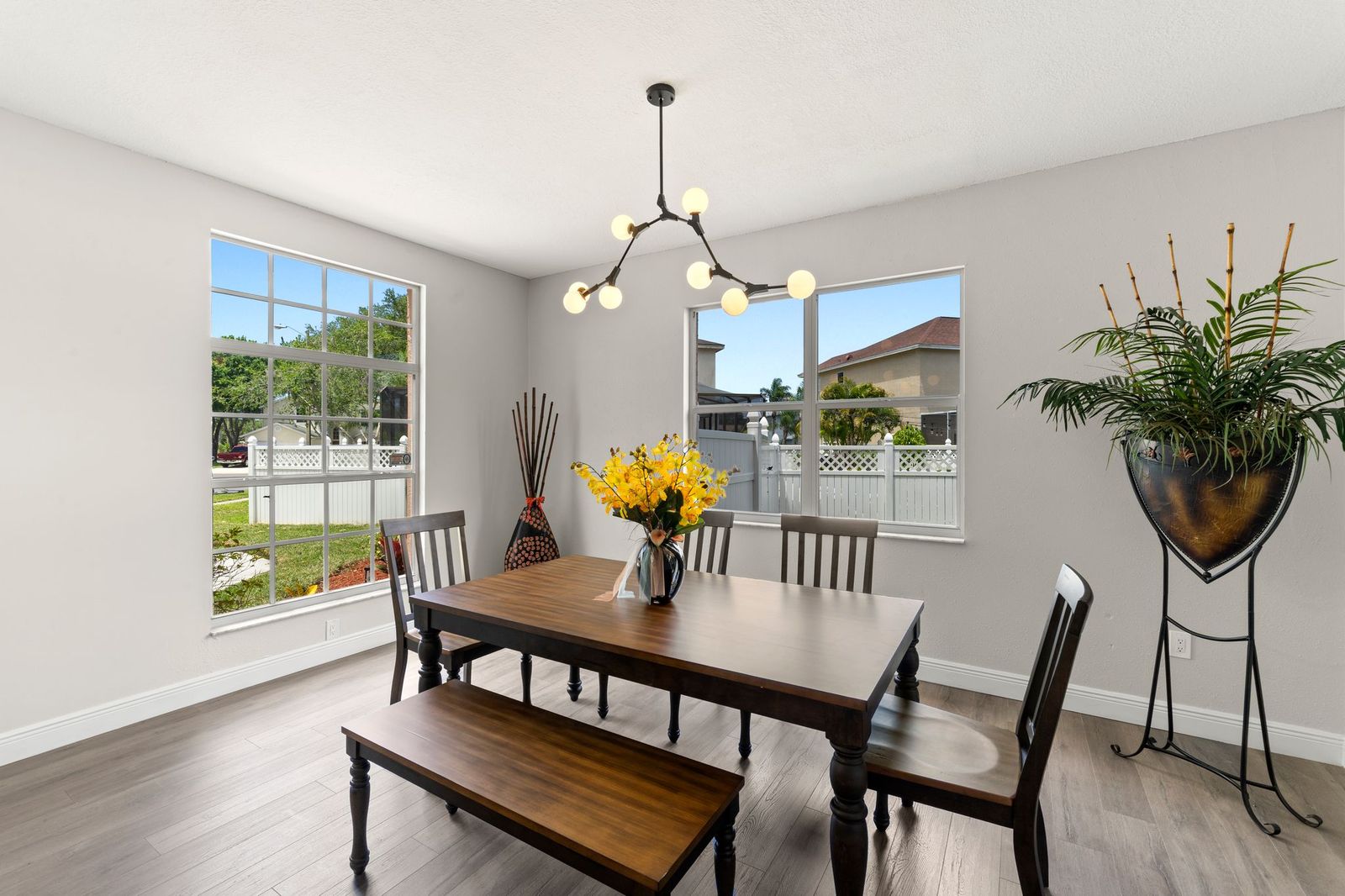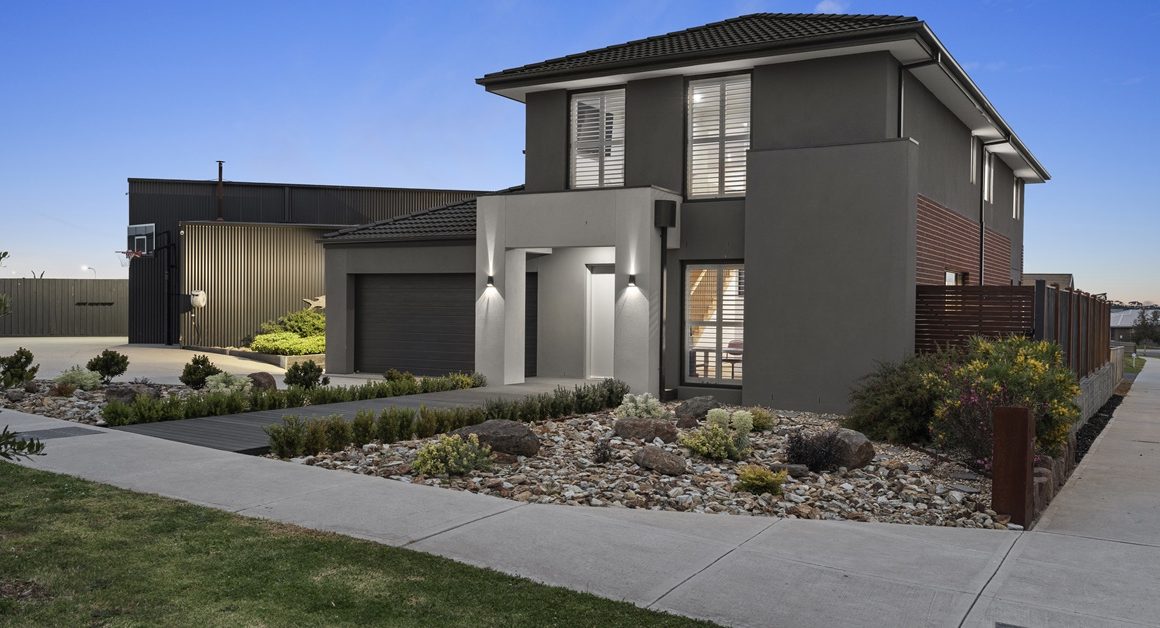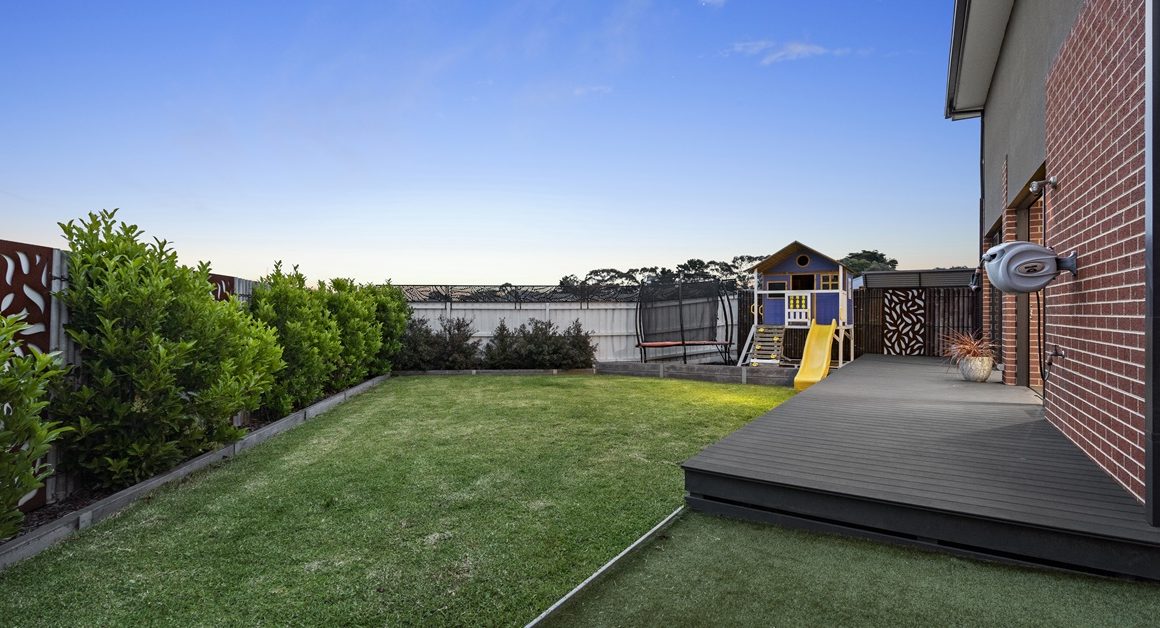HDR basics
HDR image editing is now so popular in real estate photo. First of all, we can research more about HDRI. High Dynamic Range Imaging (HDRI) is an imaging technology developed to capture the entire range of light present in a scene. HDRI can far surpass the dynamic range restrictions of traditional chemical and digital photography. And it can more accurately use to recreate a scene in terms of how human vision works. Specialized software (tone mapping operators or TMOs) help you to compress the greater tonal range of HDR images into a tonal range. Then you can display them on conventional monitors or printed.

Shooting HDR scenes with conventional digital cameras requires photographing a sequence of exposure-bracketed Low Dynamic Range (LDR) captures. And then using specialized software to merge them into a single HDR file. The HDR file is then “tone mapped” back into an LDR image that you can print. These tone mapping applications, called Tone Mapping Operators (TMOs), can be stand-alone programs or plug-ins within another application such as Photoshop or Aperture.
When to use HDR
Everyone who takes pictures can understand the difference between low dynamic range and high dynamic range scenes. An exterior scene that excludes the sky on a cloudy day typically covers around 4 EVs. And it will usually fit comfortably within the dynamic range of a digital camera sensor. A front-lit building with blue sky and white clouds might be a medium-high dynamic range scene (8-10 EVs). While a scene shooting in the direction of the sun or including the sun’s disc could get as high as 25 EVs. For what it’s worth, the difference between the disc of the sun to starlight is about 40 EVs.





